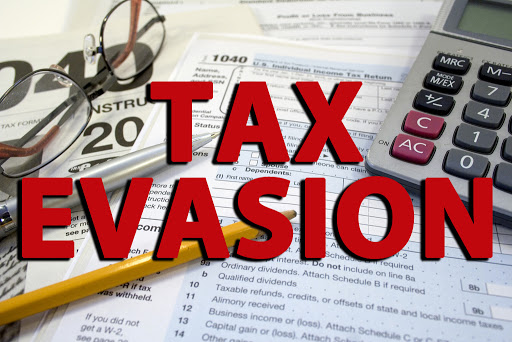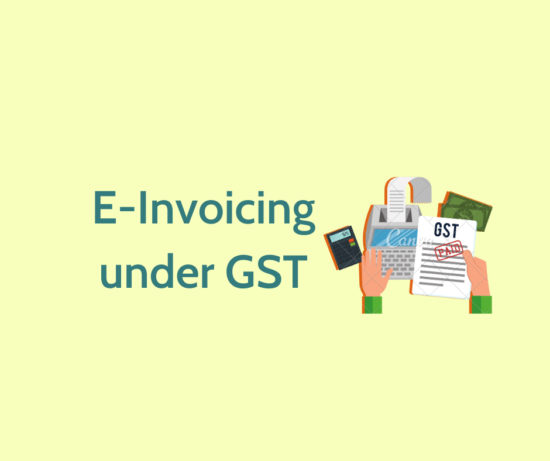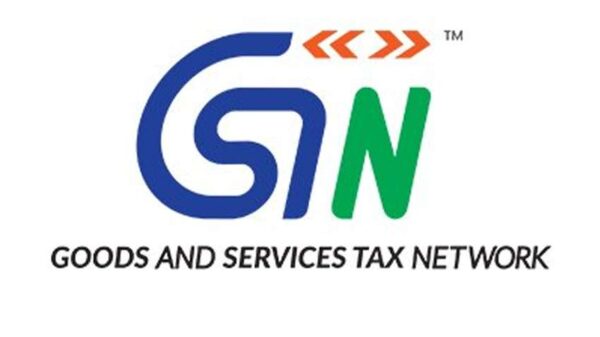GST officials have detected fake invoices of GST amounting to over ₹11,500 crore in a near month-long nationwide drive. This is over 10 percent of the monthly GST collections during the last two months (October and November).
Fake invoices are used to facilitate input tax credit (ITC), which actually do not exist. Since assesses deduct ITC from their gross tax liability and pay the remaining in cash, fake invoices hurt the exchequer.
In a communication to all officers and employees of the Central Board of Indirect Taxes & Customs (CBIC), Chairman M Ajit Kumar said that the Directorate General of GST Intelligence (DGGI) has been spearheading an anti-evasion campaign for almost a month now. During this time, the agency, along with the GST Zones, have booked 1,230 cases, unearthing GST Identity Numbers (GSTINs) and arresting about 114 fraudsters. The total amount of fake ITC/GST detected stands at ₹11,520 crore, of which ₹336.03 crore has already been recovered.
In order to curb fake invoices, the Law Committee of the GST Council has suggested a two-pronged strategy one for the fresh or new registration applicants, and the other to weed out existing fake dealers from the system. According to the Committee, new or fresh registration in GST may adopt Aadhaar-like registration process, which could be done online with live photo and use of biometrics, and due verification of documents.
Fresh registrants must go for compulsory physical verification and personal identification where they opt for the non-Aadhaar authentication-based registration process and do not have income-tax return-supported adequate financial capability. In such a case, they may have to submit recommendation letters from two taxpayers of adequate reliability.
If on the basis of the document-supported credentials, a registrant/dealer falls in the ‘trustworthy’ category, then that registrant can be given registration within seven working days. But if such registrant is not in the ‘trustworthy’ category then conditional registration shall be given within 60 working days only after physical verification of the place of business wherein, in such cases, input tax credit to their buyers shall be allowed only after filing of their return and the dealer/s would be required to pay certain portion of the liability in cash instead of paying 100 percent tax through ITC.
As per the suggestions of the Law Committee, the dealer may also be required to deposit a portion of the tax dues through cash or via a bank guarantee of up to 2 percent of the tax dues, instead of being allowed 100 percent tax payment through ITC. They would need to have some convincing income tax footprint available to establish their financial credibility to avail ITC-based payment.
The GST Council, at its next meeting, is expected to consider these recommendations.
Source: www.thehindubusinessline.com
***
[rainbow]Don’t miss the next GST Update / Article / Judicial pronouncement[/rainbow]
Subscribe to our newsletter for FREE to stay updated on GST Law
Resolve your GST queries from national level experts on GST free of cost.
TW Editorial Team comprises of team of experienced Chartered Accountants and Advocates devoted to spread the knowledge of GST amongst the various stakeholders.




